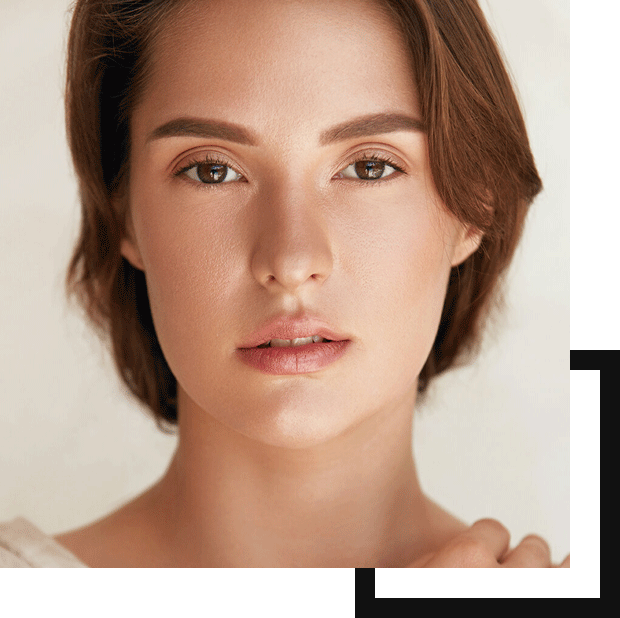Ptosis
Many men and women assume that all eyelid changes are caused by age. In reality, age-related eyelid changes are quite different from ptosis, which is a medical condition that affects the shape and function of your eyelids.
If you’ve noticed your eyelids becoming puffy or sagging over time, you likely have a condition known as dermatochalasis. This is a normal part of aging and can be corrected through a procedure called blepharoplasty that removes excess skin and fat deposits.






